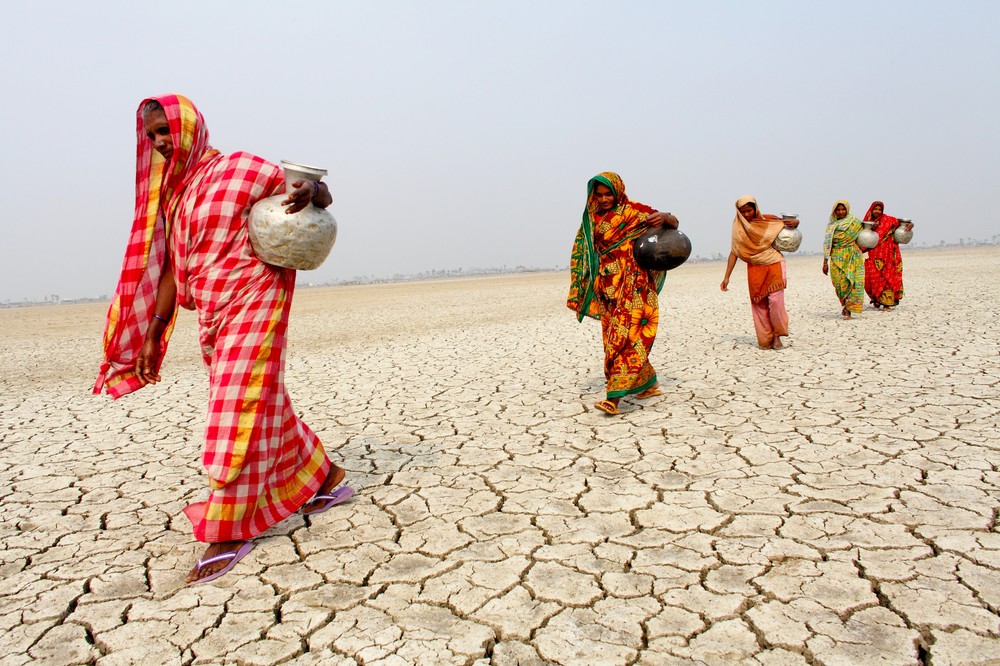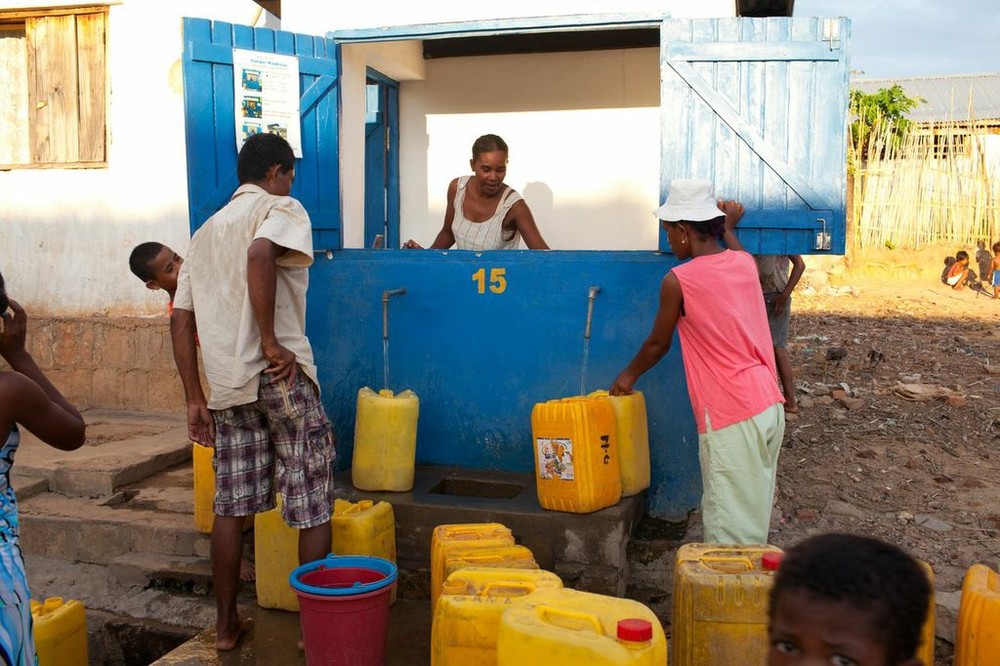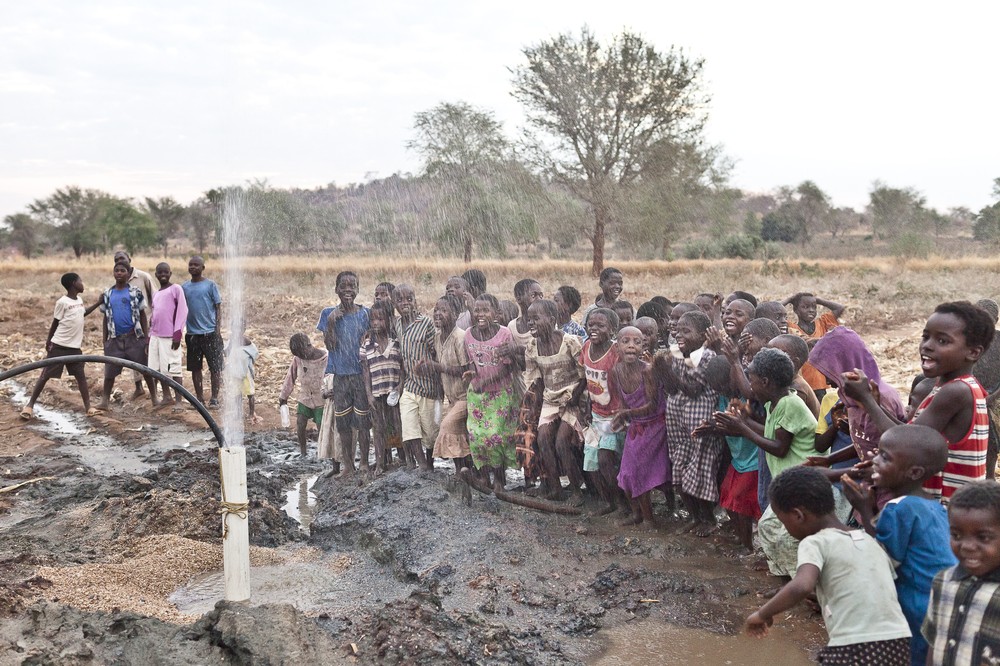Nearly one in ten people lack access to safe drinking water as UN marks World Water Day.
Last Modified: 22 Mar 2013 12:19
|
| Today marks the twentieth anniversary of UN World Water Day. In the last two decades 2 billion people have gained access to safe drinking water, according to the World Health Organisation. The UN Millennium Development Goal (MDG) target to halve the proportion of those without clean water was reached in 2010, five years ahead of the international deadline. However, 783 million people - nearly 1 in 10 - remain without safe drinking water and 2.5 billion people do not have access to sanitation. The water and sanitation crisis has a huge impact on development. In health, water-related diseases kill more children every year than AIDS, malaria and measles combined. It is the second biggest killer of children under five. In economic terms, poor sanitation and dirty water costs sub-Saharan Africa 5 percent of its GDP a year - more than it currently receives in aid. |

James McCauley/WaterAid
A girl protests about the dangers of walking long distances to find water in Jeldu Woreda, Ethiopia. This week over 300,000 people globally are taking part in "the world walks for water and sanitation" campaign, calling on governments to keep to their international commitments.

Zute Lightfoot/WaterAid
Immaculee Mujawamaliya, 31, collects water from a crocodile-infested river with a girl from the Kajeruba village, Rwanda.

GMB Akash/Panos/WaterAid
Tea pickers collect water from the nearby "chora", or lake in the Kewachora tea garden, Sylhet, Bangladesh. The women use the dirty water to cook, clean and drink.

GMB Akash/Panos/WaterAid
When collecting water, some women in Koyra, Bangladesh have had to walk across an area of barren ground that has been contaminated with saline after cyclone Aila struck in 2009.

Dieter Telemans/WaterAid
A young boy washes himself at a hand pump in Tamil Nadu, India. The water is too salty for drinking and is only used for bathing and cleaning purposes.

Anna Kari/WaterAid
Every two weeks during high tide these slums in Madagascar are flooded, pushing up waste and rubbish and contaminating water supplies.

Anna Kari/WaterAid
Local people operate a water kiosk in Miandrivizo, Madagascar. If international targets on water and sanitation are met, the economic benefit to the world would be $60bn annually, according to some studies.

Layton Thompson/WaterAid
At the start of the dry season, villagers from Ourare Alaye Tem in northern Mali are forced to make a four-day trek into neighbouring Burkina Faso in search of water.

Jason Larkin/WaterAid
Villagers in Bokola, Malawi celebrate as their community hits fresh water. Malawi is one of the only countries in Sub-Saharan Africa currently on track to reach its water MDG target by 2015 - to halve the proportion of people without access to clean water.

WaterAid/WaterAid
School children perform a dance at Shree Krishna Mandir School, as they learn about the importance of hygiene in Kathmandu, Nepal. Hygiene promotion is one of the most cost effective health interventions, according to the World Bank.
|
Saturday, 23 March 2013
MALNUTRITION: World Water Day
Subscribe to:
Post Comments (Atom)











No comments:
Post a Comment